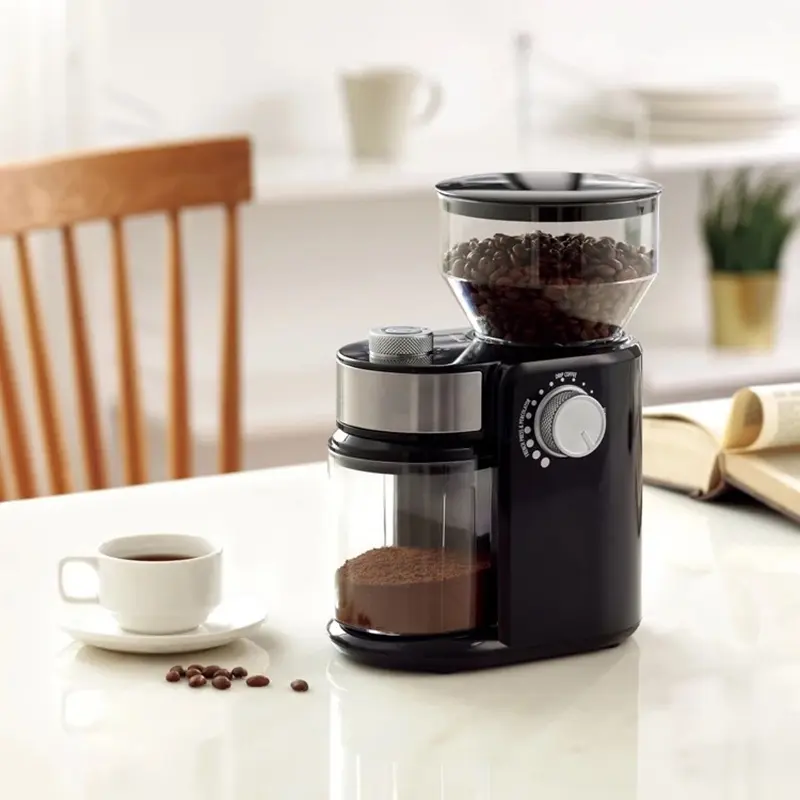Coffee is without a doubt many people’s favorite morning drink. From its captivating aroma to its tangy taste, this beloved energy booster is integral to our everyday lives. But have you ever wondered how your coffee maker works its magic? In this blog, we delve into the science behind coffee makers and explore the fascinating process of how they heat water to brew the perfect cup of coffee.
Know the basics:
Before delving into the specific mechanism, let’s establish a basic understanding of the coffee machine. Most modern coffee machines, such as drip coffee machines and espresso machines, rely on the principle of heat exchange to heat and maintain the desired water temperature. The key component responsible for this process is the heating element.
Heating element:
The heating element of a coffee maker is usually made of a helical metal rod, usually aluminum or copper. These materials have high thermal conductivity, ensuring efficient transfer of heat. Once the coffee maker is turned on, electricity flows through the heating element, causing it to heat up quickly.
Thermal Expansion and Heat Transfer:
When a heating element gets hot, a concept called thermal expansion comes into play. In short, when a metal rod heats up, its molecules start to vibrate violently, causing the metal rod to expand. This expansion brings the metal into contact with the surrounding water, which initiates the heat transfer process.
Reservoir and Loop:
The coffee maker is equipped with a water reservoir that holds the amount of water required for brewing. Once the heating element heats up and comes into contact with the water, heat is transferred to the liquid. Water molecules absorb thermal energy, causing them to gain kinetic energy and vibrate faster, raising the temperature of the water.
Pump Mechanism:
In many coffee makers, a pump mechanism helps circulate hot water. The pump draws hot water from the tank and sends it through a narrow pipe or hose to the coffee grounds or espresso chamber. This circulation helps maintain a consistent water temperature throughout the brewing process, ensuring optimal extraction of coffee flavors.
temperature control:
Temperature control is crucial to a perfect cup of coffee. The coffee machine is equipped with a sensor that monitors the water temperature. Once the desired temperature is reached, the heating element automatically adjusts to maintain the set temperature. This control mechanism ensures that the water is neither too hot nor too cold while brewing.
Security measures:
To prevent overheating or potential damage, coffee machines are equipped with safety features. A thermostat is embedded in the heating element to monitor the temperature and automatically shut down the machine if it exceeds a predetermined limit. Some advanced coffee machines also have an auto-shutoff feature that turns off the machine after a period of inactivity.
Now that you have a better understanding of how your coffee machine heats water, you can appreciate the intricate science behind your brewing partner. Every component, from the heating element to the thermal expansion and efficient heat transfer, contributes to a pleasant and aromatic coffee. So next time you savor the taste of your favorite coffee, take a moment to appreciate the precision and science involved in your trusty coffee machine. Cheers to a perfect cup of joe!
Post time: Jul-21-2023

